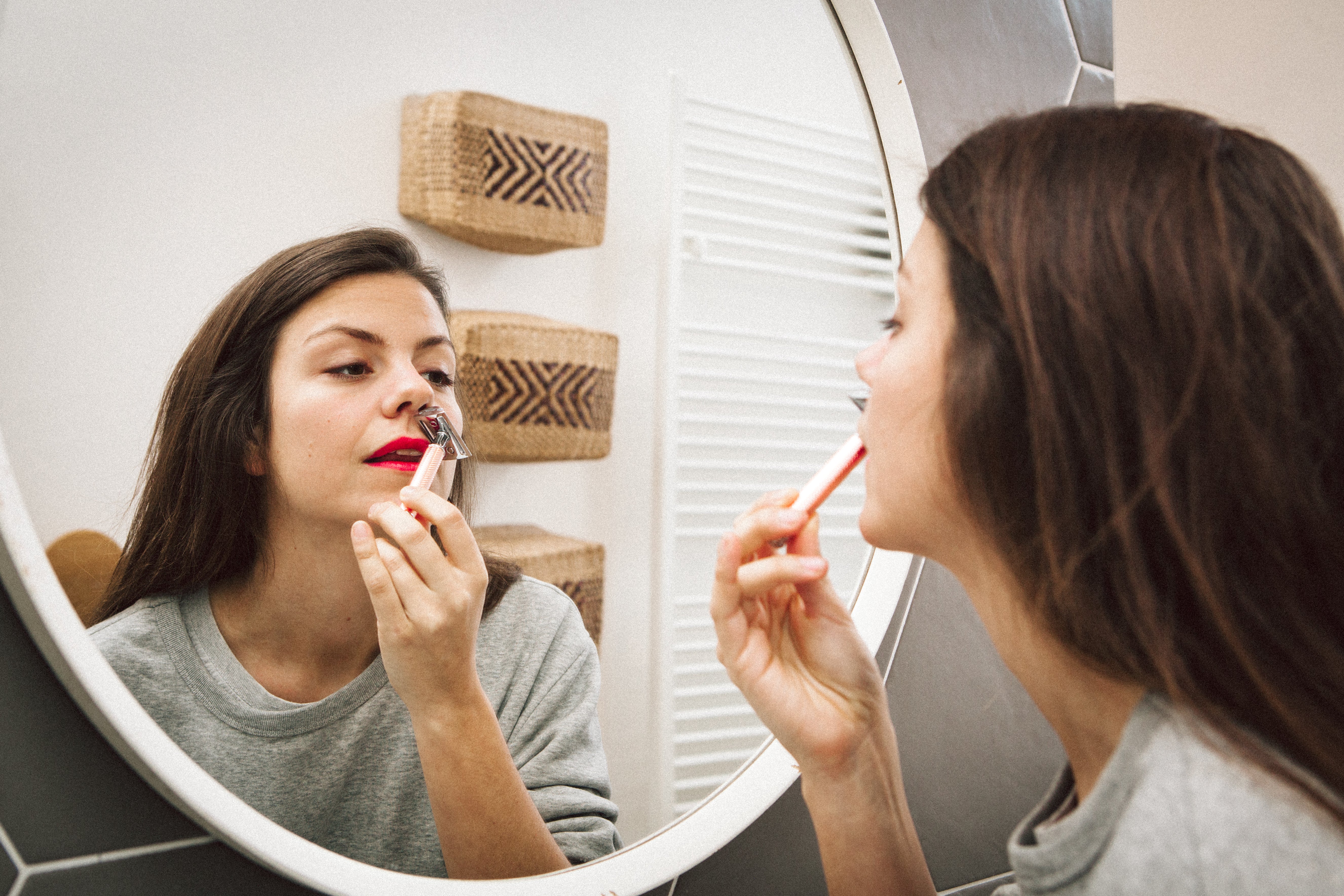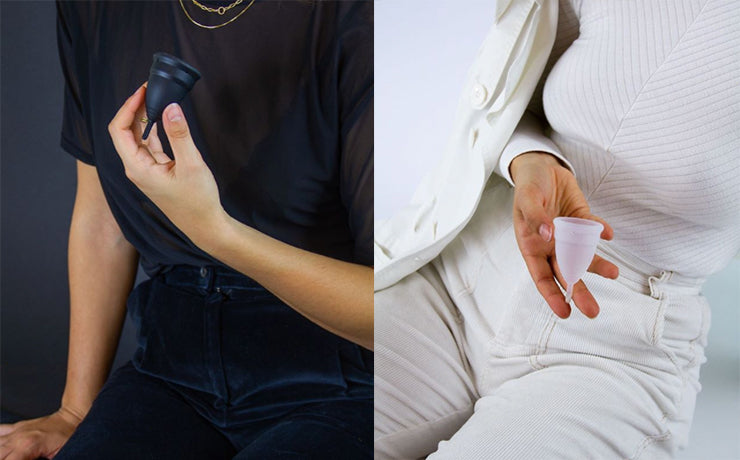
Zero Waste Hair Removal
We all know that we have always had body hair. But when did we actually start removing it? In the Stone Age, hardly anyone was interested in this. People were too busy surviving to worry about hair or personal hygiene. Shaving was only done in the Ice Age, as a thick beard often caused frostbite. But hair removal is by no means a modern invention. Even then, hair removal was largely for aesthetic reasons. As early as 10,000 years before our time, a hairless body was a widespread ideal of beauty. However, the methods have changed significantly, albeit slowly. In ancient Egypt and Rome, hair was removed with a pumice stone. In the Middle Ages, this was done with razors. The 19th century is considered the "golden era" of the razor. With the advent of mass production, razors became more widespread than ever before. The first wet razor followed in 1903. And in 1975, disposable plastic razors followed. A black day for the environment.
Disposable. A word that is generally a thorn in our side. A disposable razor has to be replaced after one or a few uses. That means a lot of waste. Plastic razors with replaceable heads are not a really environmentally friendly alternative either. The blade should not be used more than 15 times. That means that after almost two weeks a new head is needed and the old plastic head goes in the trash. Not recyclable. There is also no plastic-free hair removal cream and we don't even want to start with the mountains of waste from cold wax strips.
How to make hair removal environmentally friendly?
safety razor
The safety razor is the environmentally friendly alternative to the plastic razor. Since only the blades and not the entire head are replaced, there is much less waste. Safety razors are actually immortal and therefore last forever. Although the initial purchase seems more expensive, it is cheaper after a short time. The replacement blades are also much cheaper. They cost only 25 cents each.
If you use shaving soap and a shaving brush instead of canned shaving foam, your shave will be completely plastic-free. You can find our set for the perfect shave here.
Application
The safety razor is used like a traditional wet razor. Moisten the skin and lather it with soap. Put the razor on and pull it slowly, vertically (never diagonally) over the skin and let it glide over the skin without pressure (just use the weight of the razor).
It takes some getting used to: but with a steady hand, the safety razor allows for a very close shave.
Sugaring DIY Paste
Sugaring involves pulling out the hair. It works in a similar way to waxing. You can easily make the paste yourself using this recipe. If you buy the ingredients from a packaging-free store, the whole process is waste-free. And this is how you make the sugaring paste:
200 g sugar
25 g lemon juice
25 g of water
Mix the ingredients and heat in a saucepan (coated). Simmer for 2 minutes and then reduce the heat. Leave on the stove for a further 15 minutes on a low setting, stirring regularly. The sugar caramelizes and slowly but surely turns a darker color. As soon as the paste is roughly amber-colored, it can be removed from the stove. And it's done! Pour the paste into a glass and reheat it again and again before use.
Application
The paste must be lukewarm to use. It is best to heat it in a water bath. Apply with a spatula or knife against the direction of hair growth, allow to dry briefly and then peel off in the direction of hair growth. You can peel it off either with scraps of fabric or just with the paste. Pieces of an old tea towel, for example, are suitable as scraps of fabric. The pieces of fabric are cleaned in warm water. Simply put them in the water and wait until the sugar dissolves.
epilation
A small electrical device that pulls out hair. Sounds pretty painful and it is. At least until you get used to it. It takes a little longer to use than shaving. But the hair stays gone for longer because it is pulled out at the root. There is no waste when you use it. However, epilators use a lot of resources during production and have a limited lifespan. Regular replacement also leads to waste in the end.
Let it grow
Another 100% waste-free answer to body hair is to let it grow.
To grow or not to grow
We think everyone can decide what they like. There might be a little voice in the back of your head asking whether the societal expectation of hairlessness is so deeply rooted that you find it more beautiful. No one should be forced to spend time and energy trying to conform to an ideal of beauty. Legs, armpits and bikini line don't have to be shaved. But they can be.
But one thing has to be said here: body hair is feminine. It is part of us, otherwise we wouldn't have it. Women* have the right to let their hair grow wherever they want. The topic is not new and has been discussed many times, and yet every advertising poster shows a perfectly hairless woman. It takes courage to let your hair grow.



Leave a comment
This site is protected by hCaptcha and the hCaptcha Privacy Policy and Terms of Service apply.